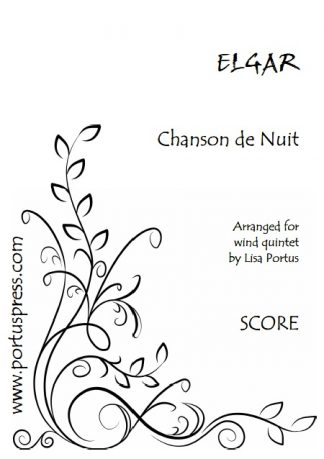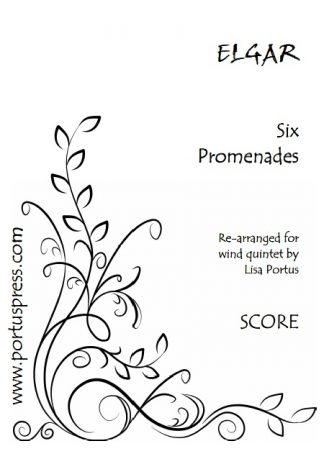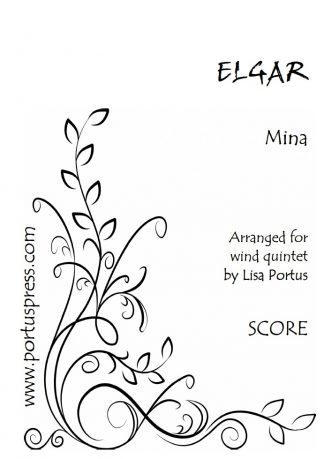Description
In the years before his breakthrough Enigma Variations catapulted him to fame Edward Elgar was simply not bringing in enough money from his composing work alone and had to earn most of his living from conducting and teaching. The struggling young composer’s lack of status meant that he had difficulty in securing a publisher for his Serenade for String Orchestra in E minor. The piece, proclaimed the publisher, was ‘very good’ but it was also ‘practically unsaleable’. Happily, by 1892 he had found a different publisher and the Serenade went into print, although it wasn’t publicly performed, In full, until 1896 (in Antwerp) and 1899 in the UK.
The Serenade was possibly a revision of a set of pieces Elgar had composed in 1888. Whilst it is an early work it bears all the characteristic hallmarks of Elgar’s distinctive style. It has three short movements: a wistful and gently rocking ‘Allegro piacevole’; a heartfelt and elegiac ‘Larghetto’; and an ‘Allegretto’ which begins with a dance-like, pastoral melody before echoing sections of the opening movement.
It was one of Elgar’s favourite compositions and remains one of his most frequently performed works. Here Elgar’s music has been extremely effectively arranged for wind quintet by Roger Smeeton.






